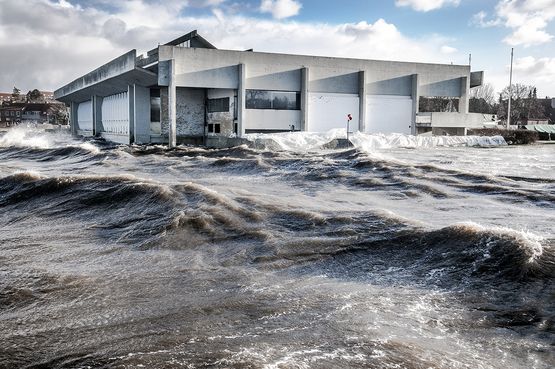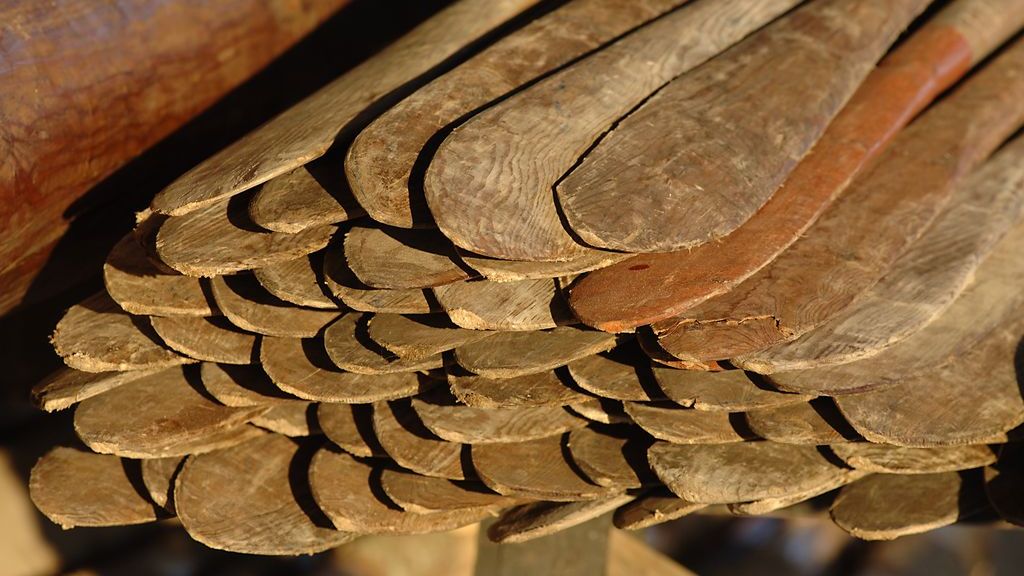After some dramatic days at the Viking Ship Museum in Roskilde, the water is now receding and it’s time to take stock and assess the damage after the storm and the extreme water levels in Roskilde Fjord.
In the days leading up to the storm, it became clear that the Viking Ship Museum was going to be at risk from the rising waters. Therefore, an early decision was made to barricade the lowest windows facing out to the fjord in an attempt to stop the waves and flotsam from breaking the glass, which would have allowed water to flood in to the Viking ships.
On Thursday, the Danish Emergency Management Agency, the Home Guard and Roskilde Fire Service provided men and materials and before the water began to rise, the Viking Ship Hall was protected with wooden boards and sandbags. In addition, emergency generators and pumps were also installed in the cellar. “It was enormously helpful that we got the weather forecast early on. It gave us some days to prepare ourselves for what was coming, so we could secure the ships before it all kicked off”, said Viking Ship Museum Director, Tinna Damgård-Sørensen. “When we look at the damage, it appears that it’s limited to the buildings and grounds”.
The water reached its peak shortly after midnight, where the water level in Roskilde Fjord was measured at 206cm over normal levels. It also took a few hours before the wind decreased and the waves became smaller. When the water reached 180cm over normal levels, the lowest panes of glass could no longer withstand the pressure from the mass of water and some of them began to crack behind the defences.
As part of the stand-by security plan, conservators from the National Museum came to cover the two ships that stood nearest the glass façade with plastic. The defences behind the windows were also reinforced and none of the archaeological ships timbers came in contact with the floodwaters.
The Museum Island, home to the Viking Ship Museum’s boatyard, café and other buildings, was flooded during the night and water came into the buildings, despite the high barricades and sandbags. The Viking Ship Museum’s staff were divided up into ‘pumping teams’ and worked through the night to keep the water away from the works and machines that had not been possible to move to higher ground before the storm arrived.
The water has now receded from the Museum Island. Staff and volunteers from the Friends of the Museum and the boat guilds have begun the clean up operation and the atmosphere is positive: the damage was minimised thanks to meticulous preparation and a huge effort on behalf of the staff, professionals and volunteers. The night’s events have set focus on the on-going work with the future Viking Ship Museum, “If it had to happen at all, now is a good time. We’re already working on preparing a restoration project for the protected Viking Ship Hall, and with the night’s events in mind, we will work to secure the building against the climate changes that can come in the future” says Viking Ship Museum Director, Tinna Damgård-Sørensen.



